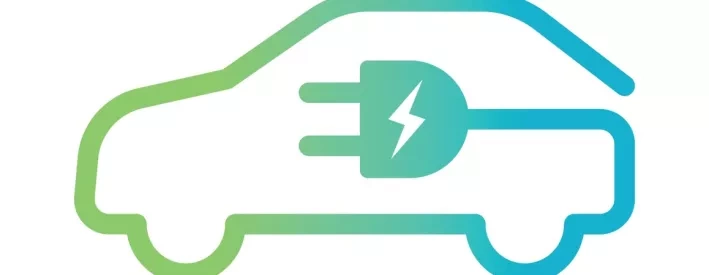How to correctly test converted EVs

With the supply of kits growing and batteries becoming easier to obtain, it’s now more common for people to tackle an EV conversion at home.
People have converted vehicles to run on different powertrains for many years, and I’m sure there have been a few unsafe conversions over that time.
But while the dangers of these traditional conversions to the public, technicians and emergency services were relatively small, converting a vehicle to an EV has the potential to cause a lot of harm from either electric shock or fire if it’s not done properly.
Rules? What rules?
If you want to convert a car to run on electric, it should go through some form of inspection and registration, but there are a few problems with this. Some people aren’t following the procedure and just sticking the vehicle on the road and hoping for the best.
The other problem is that there isn’t any clear direction as to how to safely carry out the conversion, with inspectors more concerned about whether the chassis has been modified than how the conversion was done.
When I asked a group of engineers about the conversion rules, 35% said the vehicle would need inspecting, 35% said it would just need a fresh MOT, and 30% said nothing needs to be done – just drive it as normal.
I then asked a group of MOT testers what they would do if presented with a vehicle that was clearly converted to electric but showed up on the system as petrol or diesel. The majority said they would just change it on the system and MOT it like a factory-built EV, with only two testers raising the fact that it should be registered with the DVLA.
High-voltage dilemma
In the grand scheme of things, not everyone will see this confusion as a major issue, saying it’s just the same as any other powertrain swap. But these vehicles can have 800V running through them, which could do serious harm to anyone working on them. MOT testers are trained to look for faults within a signed-off and fully tested system, not a conversion that’s had no real testing or sign-off.
This leads on to the more worrying problem that if this vehicle has passed its MOT but is suddenly involved in an accident, how do first responders treat it? Will it show up on their system as an EV once it’s been changed on the MOT system? How do they go about shutting the high-voltage system down? And what should they do if it’s on fire?
More guidance needed
These are problems the industry needs to address to keep everyone safe. Even if the vehicle owner completes all the necessary registrations and inspections, there’s still a lot of inconsistency and no clear guidance on what makes a conversion safe.
And having been involved in examining whether a National Occupational Standard (NOS) should be created for EV conversions, it’s felt there isn’t enough guidance on how to convert older vehicles to EVs to be able to complete the NOS.
The EV conversion space is a long way from being sorted, which seems strange considering that electrification isn’t an unknown technology. The issue of converting older vehicles to EVs hasn’t been given the diligence it requires. That needs to change, because if we truly want a sustainable future, giving people the opportunity to safely convert to electric seems like an obvious step, but it needs processes put in place so that everyone can stay safe.
This is an edited extract from IMI's new MotorPro magazine, received free as part of IMI membership.

